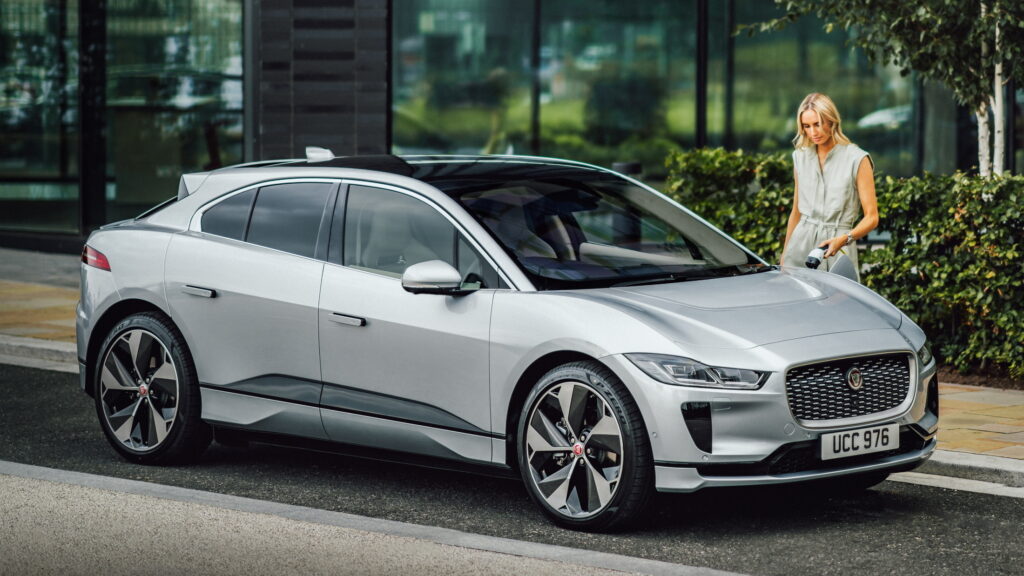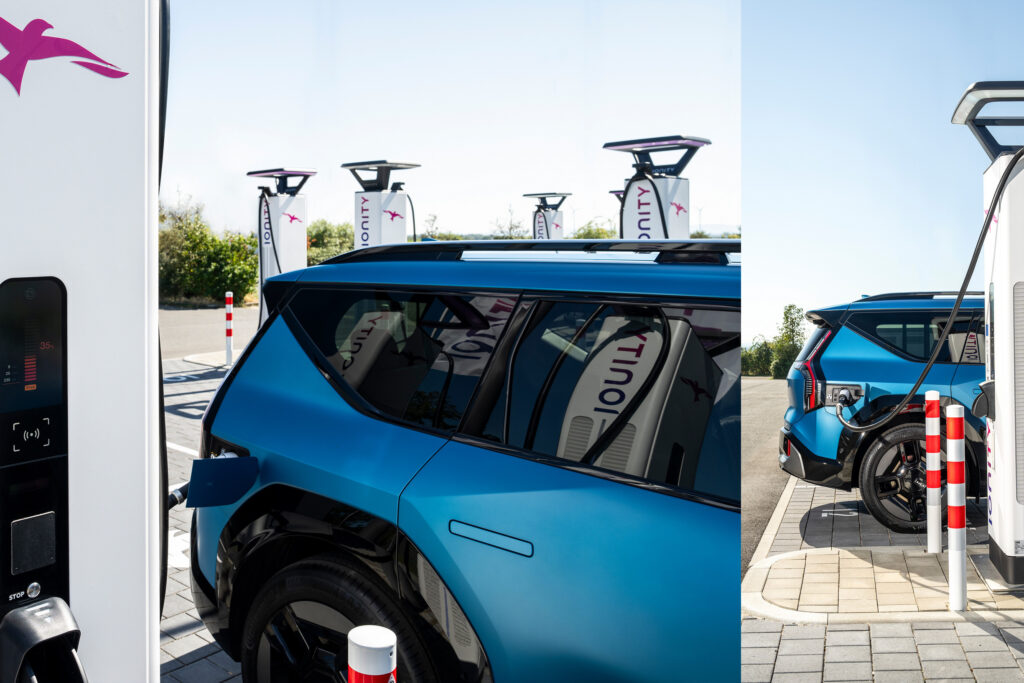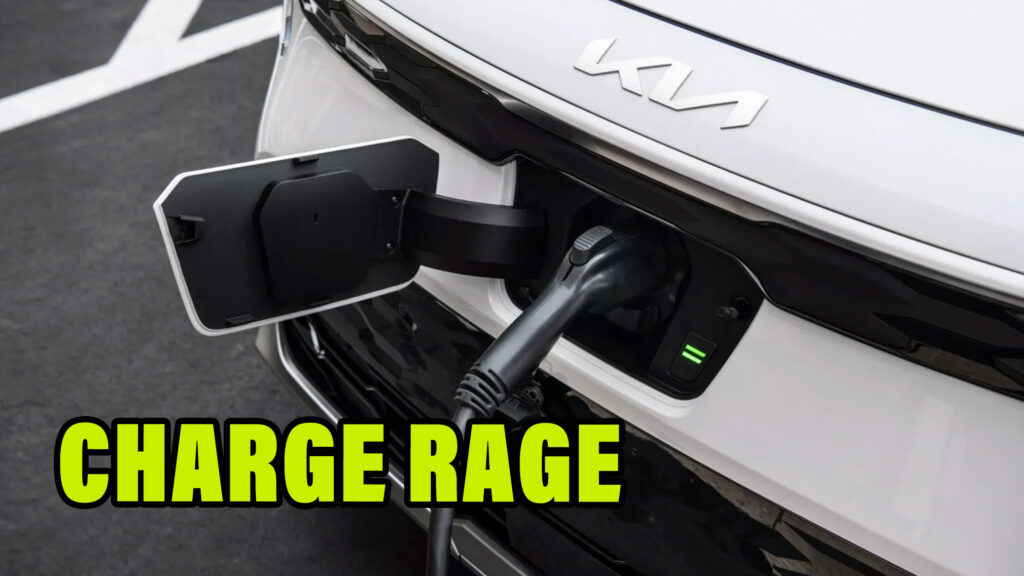EV sales are booming in Europe, proving that drivers don’t need to wait to be forced by the 2035 ICE ban to make the switch to electric power. But UK drivers are finding out to their cost that the charging infrastructure isn’t ready for this newfound demand, with some forced to wait six hours to plug-in during public holidays when everyone is on the road.
Angry EV drivers are confronting staff and each other about the lack of facilities, forcing Britain’s biggest motorway service station provider, Moto, to bring in marshals to keep tabs on “charge rage” and help drivers hook their cars up without sparks flying.
I should make clear that “marshal” in British English in this sense, is not the same as the American version of the word. We’re essentially talking about a bunch of guys with Hi-Vis vests and no legal powers whatsoever. And definitely no guns. But the fact that they’re required at all in EV charging locations, yet are nowhere to be seen around the petrol pumps located elsewhere on the very same motorway service station sites only underlines the shortage of charging infrastructure.
Related: We Experienced The Nightmare That Prospective EV Buyers Are Afraid Of

So why doesn’t Moto get its wallet out and build some more chargers? The answer is, it wants to, but can’t. CEO Ken McKeikan blames the anger problems at his 49 sites’ charging bays on a lack of grid connections preventing him from installing enough chargers. The Moto boss says the UK government is failing to act and he has been forced to apply for planning permission to build 25 solar farms next to the service stations to guarantee a sufficient power supply, The Daily Telegraph reports.
Although the British government delayed its planned 2030 ban on ICE vehicle sales, it is still mandating that more than a fifth of new cars sold in the country next year must be zero emissions vehicles, and that figure will rise to 80 percent by 2030. There are already more than 850,000 EVs on UK roads, and given that 20 percent of all new vehicles sold in the country are electric, the total will have topped one million by the middle of next year.
Those of your reading this from outside the UK could, of course, put this all down to an ineffectual British government. And you wouldn’t be wrong. But experts in the U.S., where EV uptake is less advanced, have already warned about the danger of the infrastructure falling behind EV sales in America, and this tale should probably serve as a warning now for planners there to fast-track those charging projects while they can.





